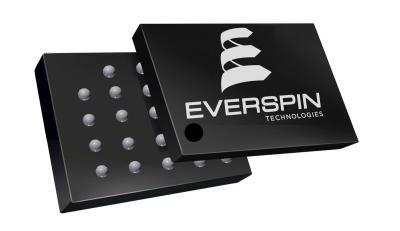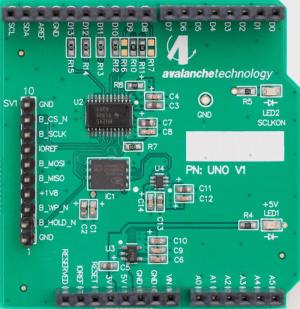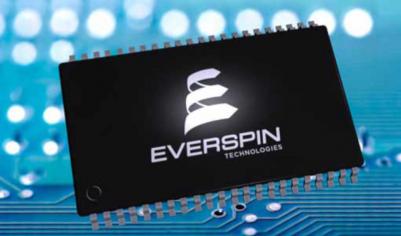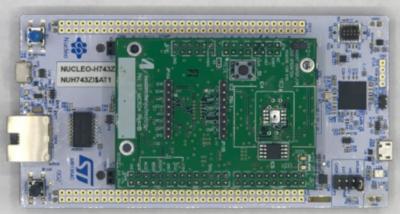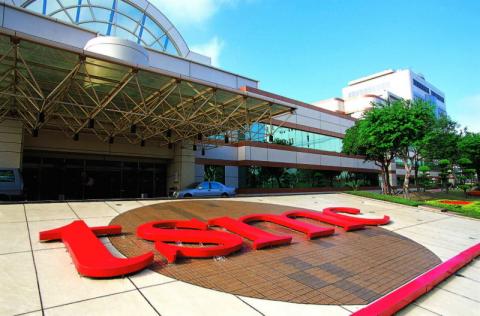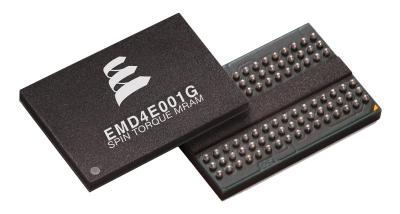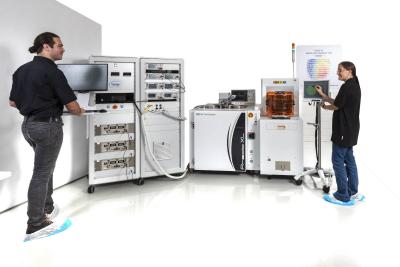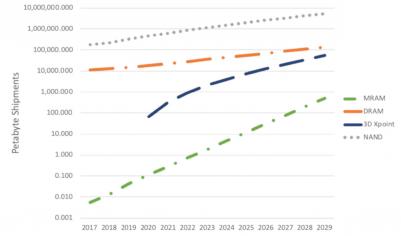Avalanche to start producing some of its MRAM chips at LA Semiconductor's US-based fab
pMTJ STT-MRAM developer Avalanche Technology announced plans to start producing some of its MRAM devices at LA Semiconductor, a US-based mixed-signal foundry at Pocatello ID (a former onsemi site) with its 180 nm mixed signal and power process capabilities.

Avalanche Technology says that by moving its production to the US, it shows its commitment to the local aerospace and defense community with an assured source of domestic manufacturing.
